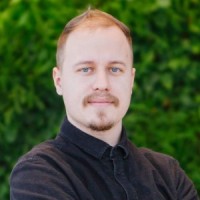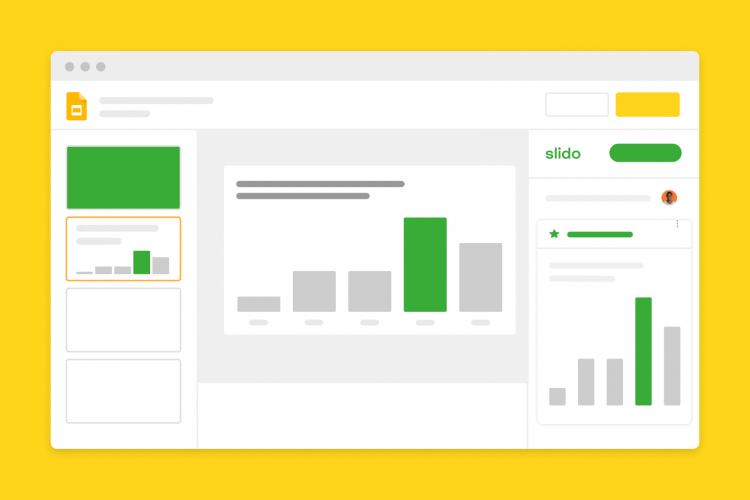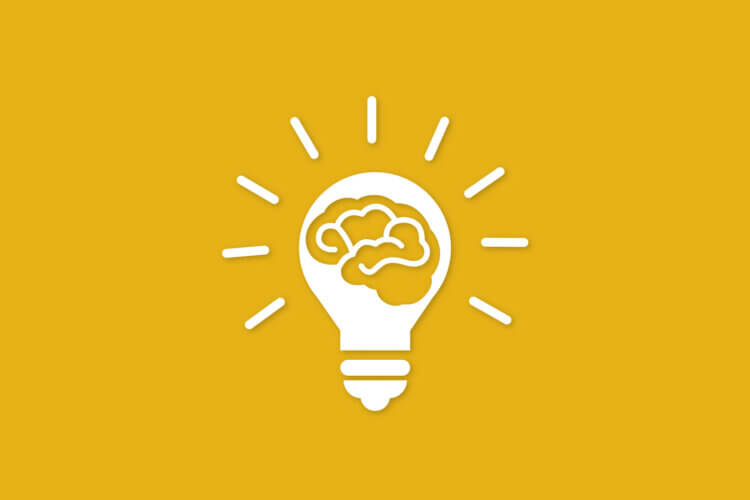Event attendees crave experiences that’ll sweep them off their feet. They want to be impressed.
This so-called experience economy is what constantly drives the event planners to think up new ways to create memorable moments for their delegates.
Since we understand the value of a great idea, we’ve collected this list of our 10 favorite events concepts that inspired us lately. Get inspired too and turn your event into an unforgettable experience.
Secret events
Secrets have always attracted people. That’s what makes these events increasingly popular. The hush-hush instructions and the unique, undisclosed locations intensify people’s curiosity.
To heighten the expectations, the venue is usually revealed just a few hours before the event starts.
The Lost Lectures
The Lost Lectures is an underground series of enchanting talks delivered in mysterious hideouts. This concept reimagines the classic lecture-style of presentations. The organizers push the boundaries to create immersive worlds for the attendees. The world-class speakers take them on a thought-provoking journey.
The previous secret locations included the historic ‘StummfilmKino Delphi’ in Berlin or an abandoned theater in London.
Secret Cinema
Secret Cinema has gained popularity in the world of immersive events. This concept has evolved from secret film screenings in abandoned buildings to major participatory productions.
Imagine you can enter the film screen and be a part of the story. You can even co-create the experience by interacting with the on-screen characters. To create a unique atmosphere, the venue always matches the film scenery.
Everything is top secret until the very last moment. Those who sign up, receive only vague advance cues about the film, dress code, and a meeting point.
Silent conferences
Have you heard about silent discos where people equipped with wireless headphones dance to what the DJ is playing in their ears?
The popularity of these events motivated conference organizers to start incorporating wireless headphone technology into their events. The reason is simple. It solves some of their most common problems:
- Lack of breakout space
Wireless headphone systems enable delegates in a single room to break off into smaller groups. This allows them to listen to different presentations without interruptions. - Not enough time
With a packed agenda, you can set up additional speakers who can deliver simultaneous presentations and Q&A sessions on different topics. - Disruptions
In noisy exhibition halls, you can broadcast your content straight to your attendees without losing the main message. - Low engagement rate
The audience can choose who they want to listen to. This makes the content more relevant and the event more engaging for the attendees.
Still can’t imagine how it works in practice? Watch this video.
Lunch clubbing
How about a dance rave instead of an ordinary lunch at a local bistro?
The organizer of Lunch Beat Stockholm, Daniel Odelstad, explains that this one-hour event is all about getting in as much dancing as possible.
Adopting the Fight Club narrative, the Lunch Beat organizers stress the importance of participation. If it’s your first time at Lunch Beat, you have to dance.
Dedicated Q&A tracks at Startup Grind
Who wouldn’t want to hear their question addressed by a successful CEO or an influential thought-leader? However, packed conference agendas rarely leave enough time for Q&A.
To boost the delegates’ learning at a recent event, Startup Grind set up a separate stage focused mainly on Q&A.
Following speaker presentations, the delegates submitted their questions through Slido. The speakers then answered the questions during 30-minute interactive ‘Ask me anything’ sessions.
As a result, the speakers were able to elaborate on their topics further and the participants got the answers they were looking for.
Participant-driven open space
What better way to make your event impactful than by giving the attendees the full power to co-create the agenda at the start?
As BarCamp co-founder, Ryan King put it, usually, “there is much more expertise in the audience than there possibly could be onstage.”
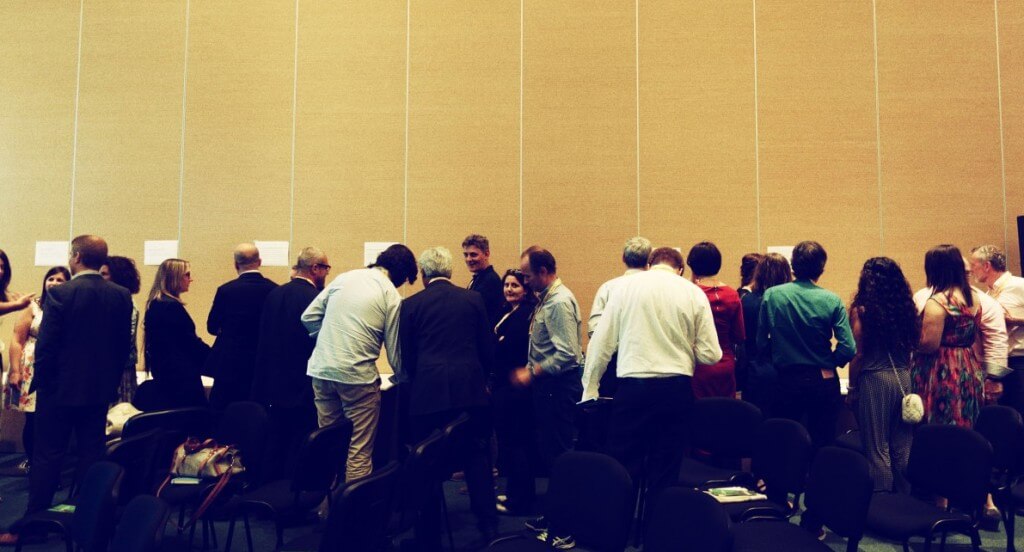
Open 2017
Thomas Heiser from Focal Point wanted the Open 2017 delegates to help set the program and co-create a third of the event, inspired by the concept of Open Space Technology.
The organizers enabled the delegates to propose sessions they wanted to run through Slido’s live Q&A feature. The attendees then selected the sessions they wanted to see the most.
The fired-up audience submitted twice as many pitches as there were available spaces. The outcome was a much more diverse and engaging event with impactful participant-driven content.
All sessions were led by passionate, knowledgeable people and attended by those who actively chose to take part.
If you want to duplicate this format, you can read a step-by-step guide in this blog post.
Light-speed presentations
PechaKucha
PechaKucha is a simple presentation format that was devised in Tokyo in 2003 by local creatives. The speakers talk along to 20 images, each shown for 20 seconds.
PechaKucha events involve a series of usually 8-15 short stand-up talks. These are often “elevator pitches” by the creatives, students, researchers or startups who want to spread their new innovative ideas.
This format is perfect for sharing quick knowledge and inspiring ideas in a short space of time. PechaKucha nights are now held in over 700 cities around the world.
For instance, Ignite Talks give speakers five minutes to talk on a subject accompanied by 20 slides, spending 15 seconds on each.
Similarly, Lightning Talks are informal 5-minute presentations, typically scheduled in a single track. Check out this blog by Charlie Coster about how Lightning Talks can improve company meetings.
Hackathon/Thinkathon/Editathon
The techies don’t bring about innovation only in their own field. Project-oriented software engineers usually like to get things done, and they inject this mantra into their events too.
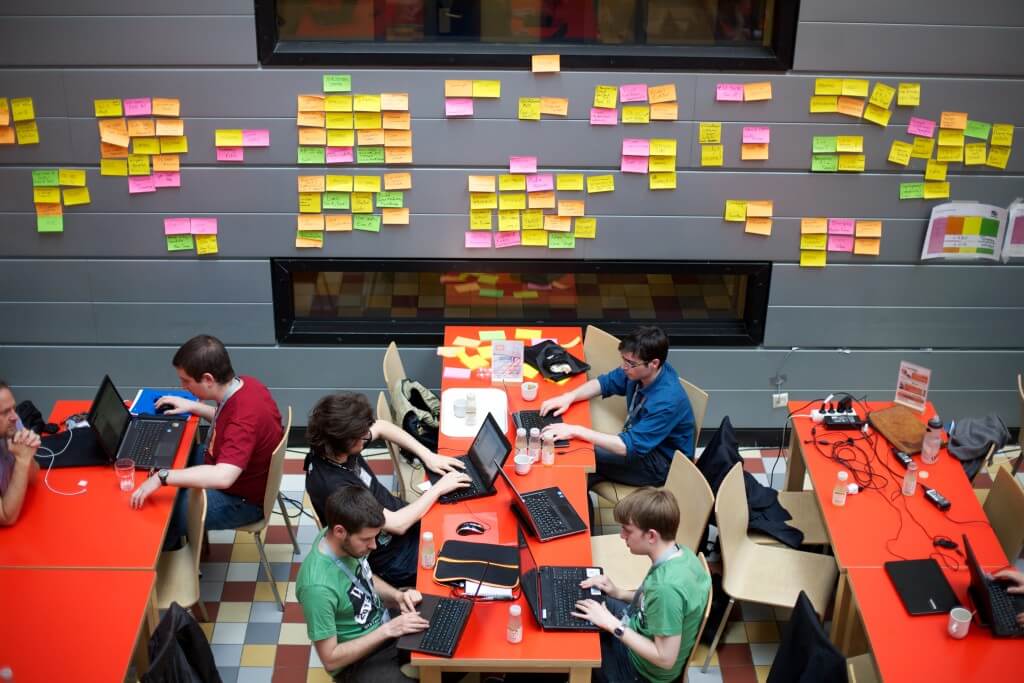
[Source: Creative Commons Sebastian ter Burg]
Hackathons are gradually penetrating the events industry too. For example, the FRESH conference in Barcelona concluded with the first hackathon on the sea. The purpose of the session was to brainstorm innovative solutions for pharma meetings.
World Café
These sessions enable team members to learn from each other and use up the potential of the whole team’s experience. At Slido, we organized a World Café session during our all-company training.
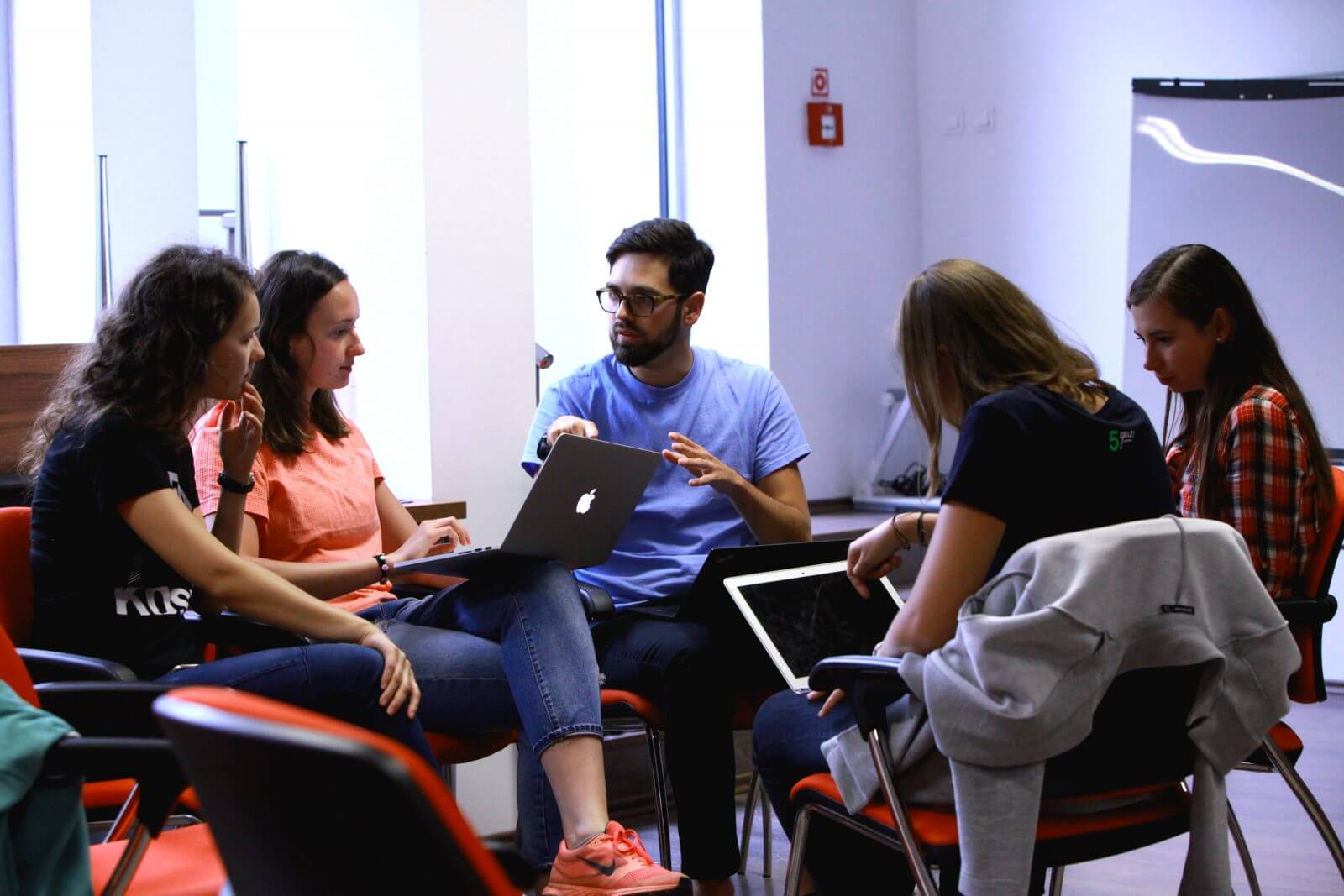
We divided the team into groups of five. In 6-minute rounds, each member explained an issue he or she was struggling with and collected tips and advice from the others. One group member took notes so everyone could leave with actionable steps.
This turned out to be an invaluable bonding experience for the participants. By sharing their own problems with their peers, they realized they’re not alone in facing certain hurdles.
Slido’s live Q&A feature allows you to crowdsource the discussion topics and let the audience upvote the best ones. Try allocating a topic per table and let people select their favorite one.
Campfire Sessions
This is an excellent format for peer-to-peer learning and making new connections. As the title suggests, they attempt to bring about a laid back atmosphere of campfire-like storytelling.
This format was pioneered by MPI. It regularly holds such sessions at its annual congresses, EMEC and WEC.
The sessions usually last for 30 minutes. The delegates create the content and discuss it in real time. There’s always a facilitator, who introduces the topic and steers the discussion.
Fishbowl Conversations
This is a super engaging meeting concept. It’s a great fit for participatory events like Unconferences and Open Space Technology (see point 5 above).
A fishbowl panel discussion comes from a popular open fishbowl conversation format. Guest panelists occupy two to three chairs. One chair is left empty for audience members. The moderator introduces the topic, and the panelists start discussing it.
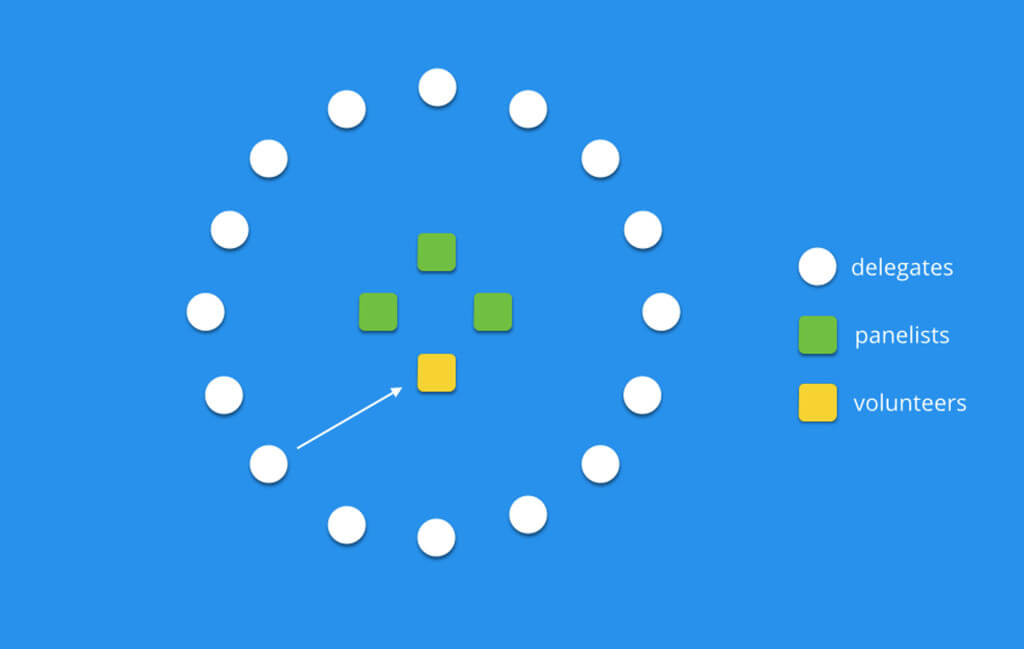
Any member of the audience can, at any time, occupy the empty chair and join the fishbowl panel. When this happens, an existing member of the fishbowl must voluntarily leave the fishbowl and free the chair.
The discussion continues with participants frequently entering and leaving the panel until the time is up. The moderator then summarizes the discussion.
In conclusion
Besides learning and networking, events are becoming more and more about delivering impactful experiences.
These innovative event formats will help you exceed your attendees’ expectations.
